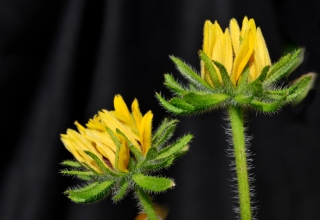
Identifying and Nurturing Sources of Energy
There is a fifth way in which professional coaches can be of great value in helping their clients address and engage the challenge of hard psychic irony. This fifth way concerns the multiple sources of energy that are available to a leader when seeking to sustain her work in a complex, unpredictable and turbulent organizational environment. Many people who have become acquainted with Jungian theory recognize the distinction drawn between those people who derive much of their energy from being with many other people and interacting with their environment (extraverts) and those people who derive much of their energy instead from their own private (and often introspective) pursuits or from interacting with a few, carefully chosen people in their inner-circle (introverts).
It is less often recognized that energy also derives from other elements of the human psyche. The anima (female) and animus (male) are great sources of energy as are the collective archetypes. These psychic structures can either consolidate (constellate) energy that comes from other sources—providing focus and direction—or generate the energy themselves. Energy from these sources is manifest in the vast array of rituals, myths and works of art to be found in all societies.
It is not particularly difficult for a coach to assist his client in identifying sources of energy within their own work life. Usually it only takes a single question: “when you reflect on your own job, what keeps you going and what picks you up?” Surprisingly, many of the men and women with whom I have worked rarely ask themselves this obvious question. It is a question that must frequently be posed, because the sources of energy can shift over time—given changes in the client’s own psychic dynamics and in the organizational environment.
Download Article 1K Club



















